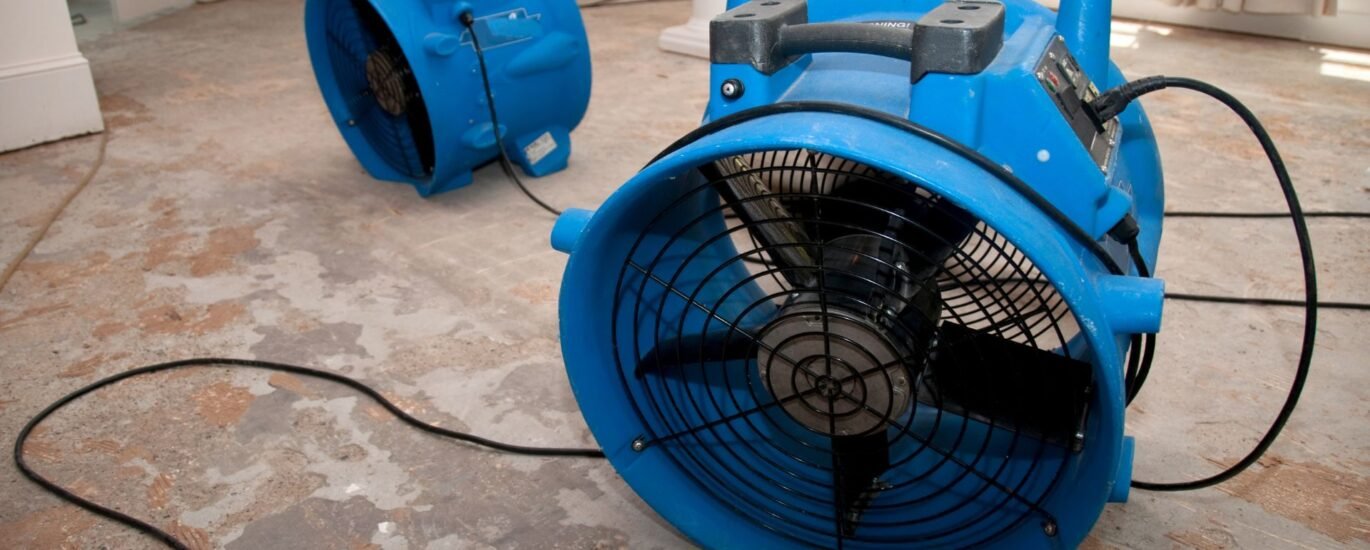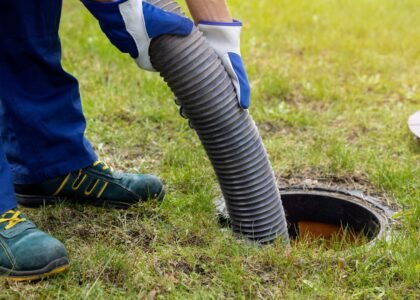Introduction
Finding raw sewage in your home or property is a stressful, health-hazardous situation. Swift and proper action is key to reducing damage, protecting occupants, and restoring your space. In this guide, we’ll walk you through exactly how professional sewage cleanup and sanitization works, what to expect, and what steps you can take immediately.
(If you want a deeper look at each cleanup stage, check out our detailed service page.)
Why Sewage Cleanup and Sanitization Matters
Health Risks & Contamination
- Raw sewage contains bacteria, viruses, parasites, and other pathogens.
- Without proper sanitation, these contaminants can spread via surfaces, air, and even fabrics.
- Mold and mildew often follow sewage intrusion if moisture lingers.
Structural & Material Damage
- Porous materials (drywall, insulation, carpeting) absorb contaminated water.
- Metals may corrode or rust; wood may warp or weaken.
- Odors can embed deep within materials unless neutralized.
Time Is of the Essence
- Microbial growth begins within 24 – 48 hours.
- The longer sewage sits, the harder it is to fully remediate.
- Prompt professional intervention limits secondary damage and expense.
The Sewage Cleanup & Sanitization Process
Below is a step-by-step breakdown of how professionals approach sewage cleanup:
1. Assessment & Safety Measures
- Inspect the site and identify the sewage source (broken lines, backups, floods).
- Determine the contamination level (e.g. black water, category 3).
- Secure the area: cut power (if needed), restrict access, and wear proper PPE (personal protective gear).
2. Containment & Removal of Debris
- Seal off the affected zone to prevent cross contamination.
- Remove all unsalvageable materials (wet drywall, insulation, carpets).
- Dispose of contaminated debris in sealed, labeled bags.
3. Water Extraction & Drying
- Use strong pumps and vacuums to remove bulk liquid.
- Employ air movers and dehumidifiers to dry remaining moisture in structural cavities.
- Monitor humidity and moisture levels until readings are optimal.
4. Deep Cleaning & Surface Treatment
- Clean all exposed surfaces with specialized agents to remove grime and biofilm.
- Use foams, sprays, or immersion for contents that can be salvaged.
- Rinse and wet-vacuum as necessary.
5. Disinfection & Antimicrobial Application
- Apply antimicrobial treatments to all contaminated surfaces to eliminate bacteria, viruses, and fungi.
- Use deodorizing agents or air scrubbers to remove residual odors.
- Follow up with secondary treatments as needed.
6. Final Inspection & Reassembly
- Test for microbial presence, moisture levels, and odor.
- Restore or reconstruct structural elements (drywall, insulation, flooring).
- Return sanitized contents to the space.
Every step matters, and skipping any stage can compromise the whole cleanup.
What You Can Do Before Help Arrives
While waiting for professionals, here are safe, effective actions to take:
- Turn off water supply or sewage backup source (if accessible and safe).
- Avoid walking through the contaminated area—minimize spread.
- Photograph damage for documentation.
- Remove unaffected valuables to clean space.
- Do not use regular vacuums, household detergents, or bleach without training.
These interim steps help preserve evidence, reduce spread, and make your restoration smoother.
Common Challenges & Solutions
| Challenge | Why It Matters | Professional Approach |
|---|---|---|
| Hidden moisture | Moisture seeps into subfloors, wall cavities | Use thermal imaging and moisture meters to detect and dry thoroughly |
| Persistent odors | Odors remain in porous materials | Use ozone, hydroxyl generators, or fogging agents |
| Cross contamination | Spreading pathogens to “clean” zones | Use rigorous containment, negative air pressure, and barrier techniques |
| Content salvageability | Some items seem salvageable but aren’t safe | Experts evaluate each item’s restoration potential |
Understanding these challenges helps you appreciate the thoroughness of professional sewage cleanup.
Why You Need Expert Sewage Cleanup & Sanitization
- Safety first — pros use PPE, containment, and lab-grade treatments.
- Specialized equipment — commercial extractors, dehumidifiers, air scrubbers.
- Comprehensive protocols — contamination zones, cross-contamination prevention, re-entry criteria.
- Thorough validation — post-cleanup testing ensures the area is safe.
To see a full explanation of the scope and standards used in this field, see our service page.
How to Choose a Cleanup Service
Look for a company that:
- Responds quickly and acts 24/7
- Communicates transparently
- Has documented, systematic protocols
- Provides post-cleanup validation
And when you’re ready, feel free to reach out via this link: Contact Us


